Throughout human history, turtles have captured our imagination and found their way into the myths, legends, and spiritual beliefs of cultures across the globe. These remarkable creatures, with their protective shells and long lifespans, have become powerful symbols of longevity, wisdom, patience, and cosmic order. From creation myths that place turtles at the foundation of existence to modern pop culture representations, these gentle reptiles have maintained their symbolic significance across millennia.
This enduring presence speaks to something universal in how humans perceive these ancient creatures—as bridges between worlds, keepers of knowledge, and embodiments of steadfast resilience. Their slow, deliberate movements and seemingly imperturbable nature have inspired countless stories that continue to resonate with us today.
Turtles in World Creation Myths
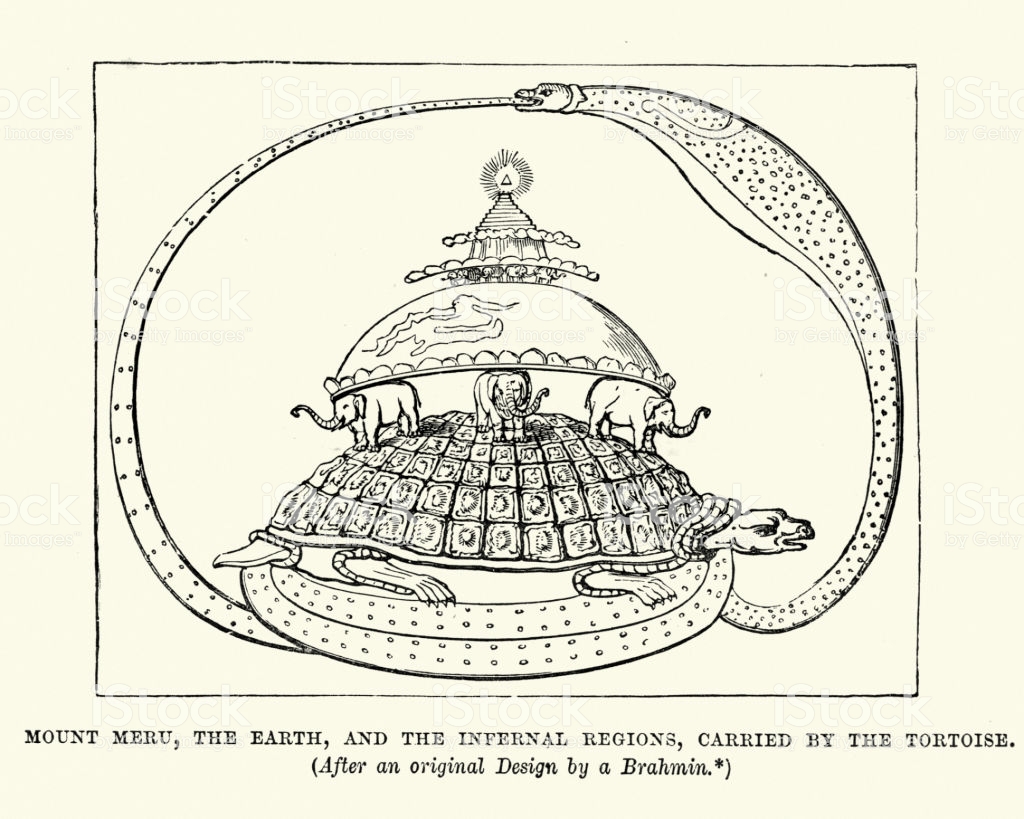
One of the most widespread mythological roles assigned to turtles is that of world-bearer or cosmic foundation. In numerous cultures, turtles are believed to carry the weight of the world on their backs. Perhaps the most famous example comes from Hindu mythology, where the world is supported by four elephants standing on the back of a giant turtle named Akupara, who swims in the cosmic ocean. Similar beliefs appear in Native American traditions, particularly among the Lenape and Iroquois peoples, who tell of the “Turtle Island”—North America formed on the back of a great turtle who rose from primordial waters.
These creation myths reflect the turtle’s perceived connection to stability, endurance, and foundational strength, qualities that made them perfect cosmic architects in the eyes of our ancestors. The widespread nature of these similar myths across disconnected cultures suggests a universal human recognition of the turtle’s fundamental qualities.
Turtles in Chinese Mythology
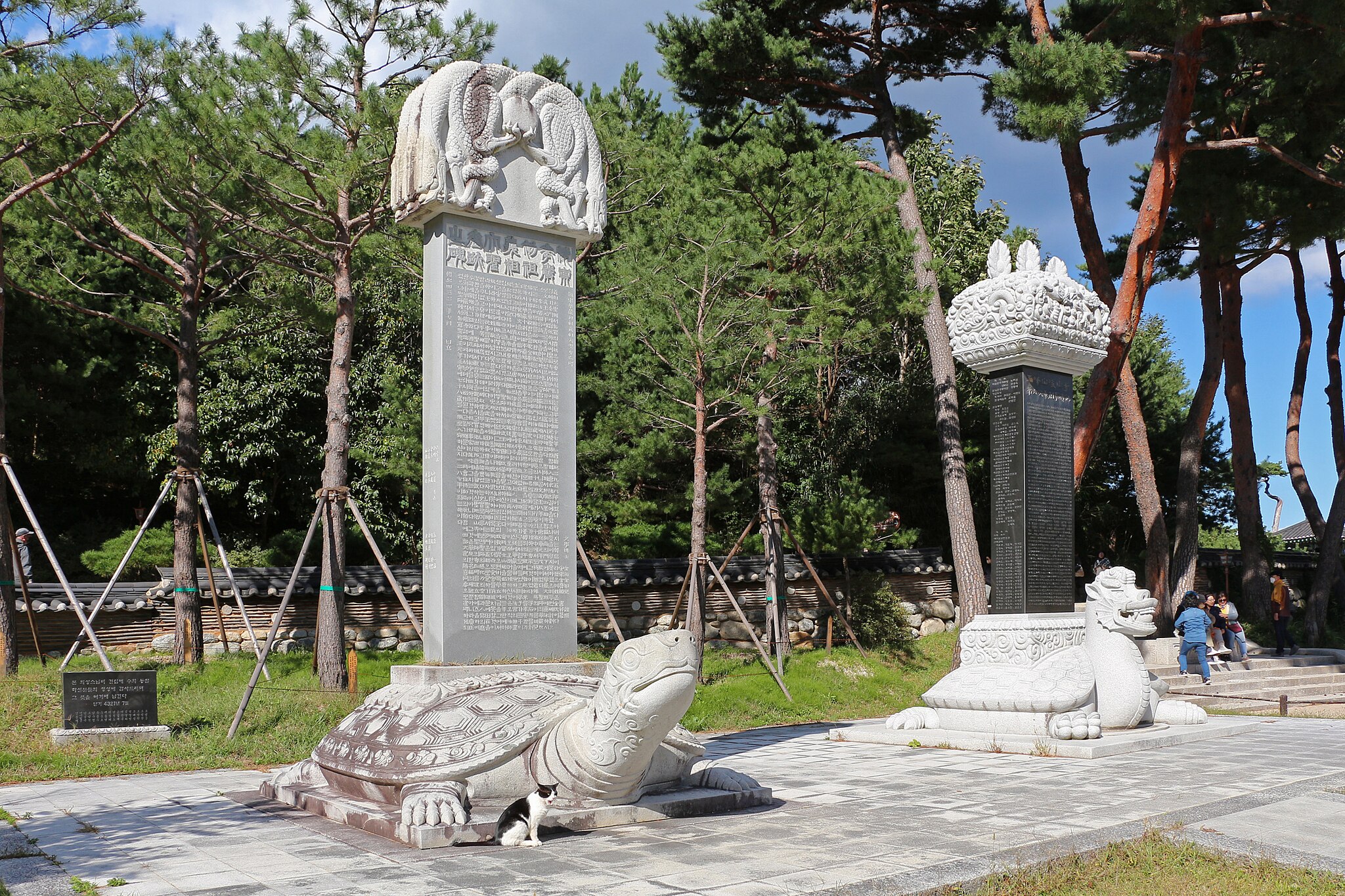
In Chinese mythology and cosmology, the turtle holds a position of profound significance, often associated with longevity, wisdom, and the north direction. The Black Turtle, or Xuanwu, is one of the Four Symbols of Chinese astrology, representing the north and the winter season. Ancient Chinese beliefs held that turtles could live for thousands of years, transforming into mythical creatures of great spiritual power. The turtle’s shell was also used in divination practices during the Shang Dynasty, where oracles would apply heat to turtle shells and interpret the resulting cracks to foretell the future.
This practice, known as plastromancy, demonstrates how deeply integrated turtles were in spiritual practices. Additionally, the turtle’s image often appears in Chinese architecture, particularly in the form of bixi—stone turtle sculptures that served as bases for memorial tablets and steles, symbolically carrying the weight of history and memory.
Turtles in Native American Traditions
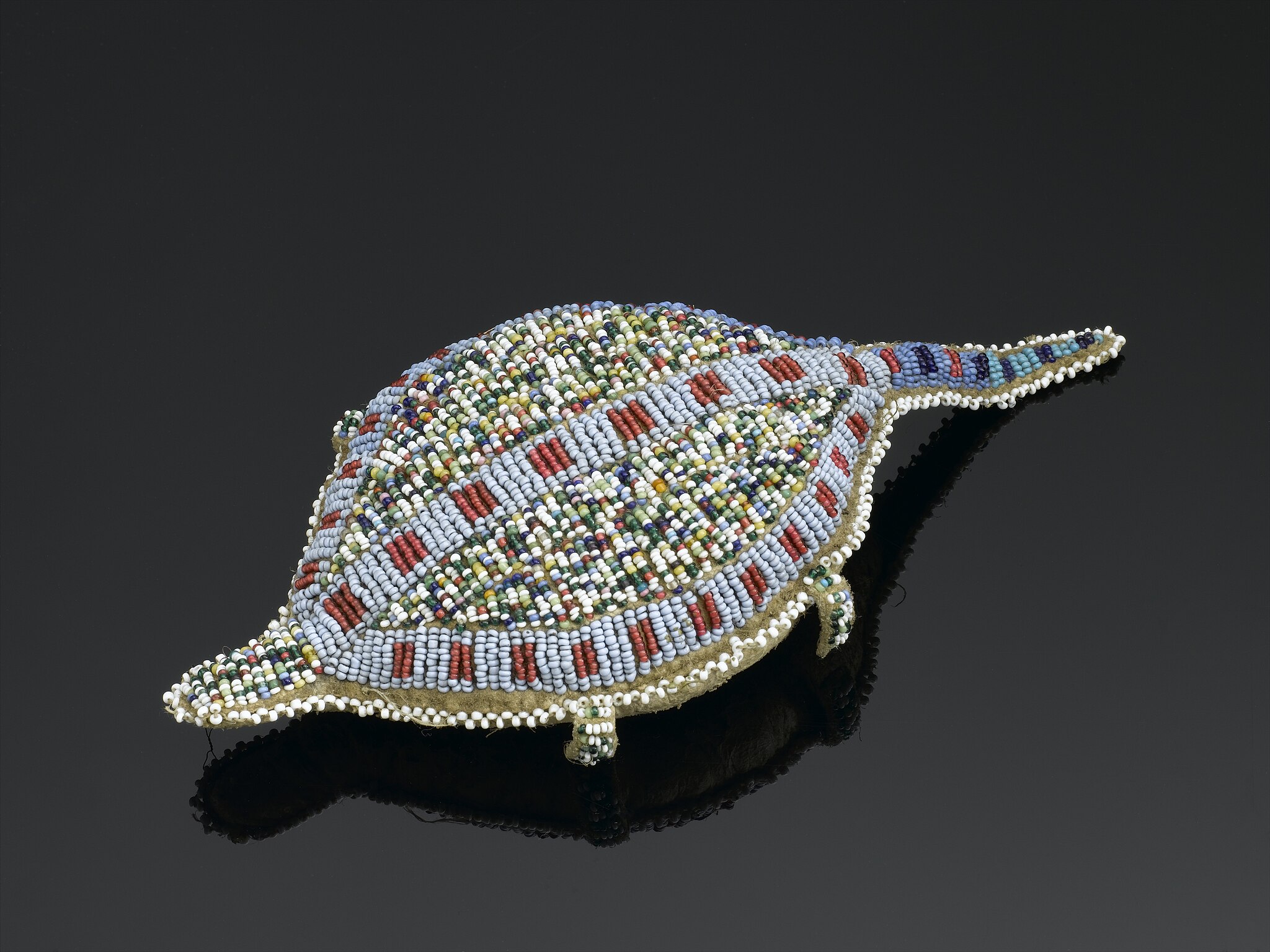
Beyond the creation myths of Turtle Island, turtles play varied and important roles in many Native American tribal traditions. Among the Ojibwe people, the turtle is associated with the Moon and feminine energy, often appearing in clan systems as a symbol of protection and healing. The distinctive patterns on turtle shells have been interpreted as maps or calendars in some tribes, connecting these creatures to knowledge of time and navigation. In Pueblo culture, turtle dance ceremonies are performed to bring rain, linking turtles to water and fertility.
Many tribes crafted turtle rattles for ceremonial use, utilizing the natural resonance of the shell to create instruments for spiritual communication. The enduring respect for turtles in Native traditions reflects their status as beings of wisdom and balance, bridging water and land, physical and spiritual realms.
Turtles in Greek and Roman Mythology
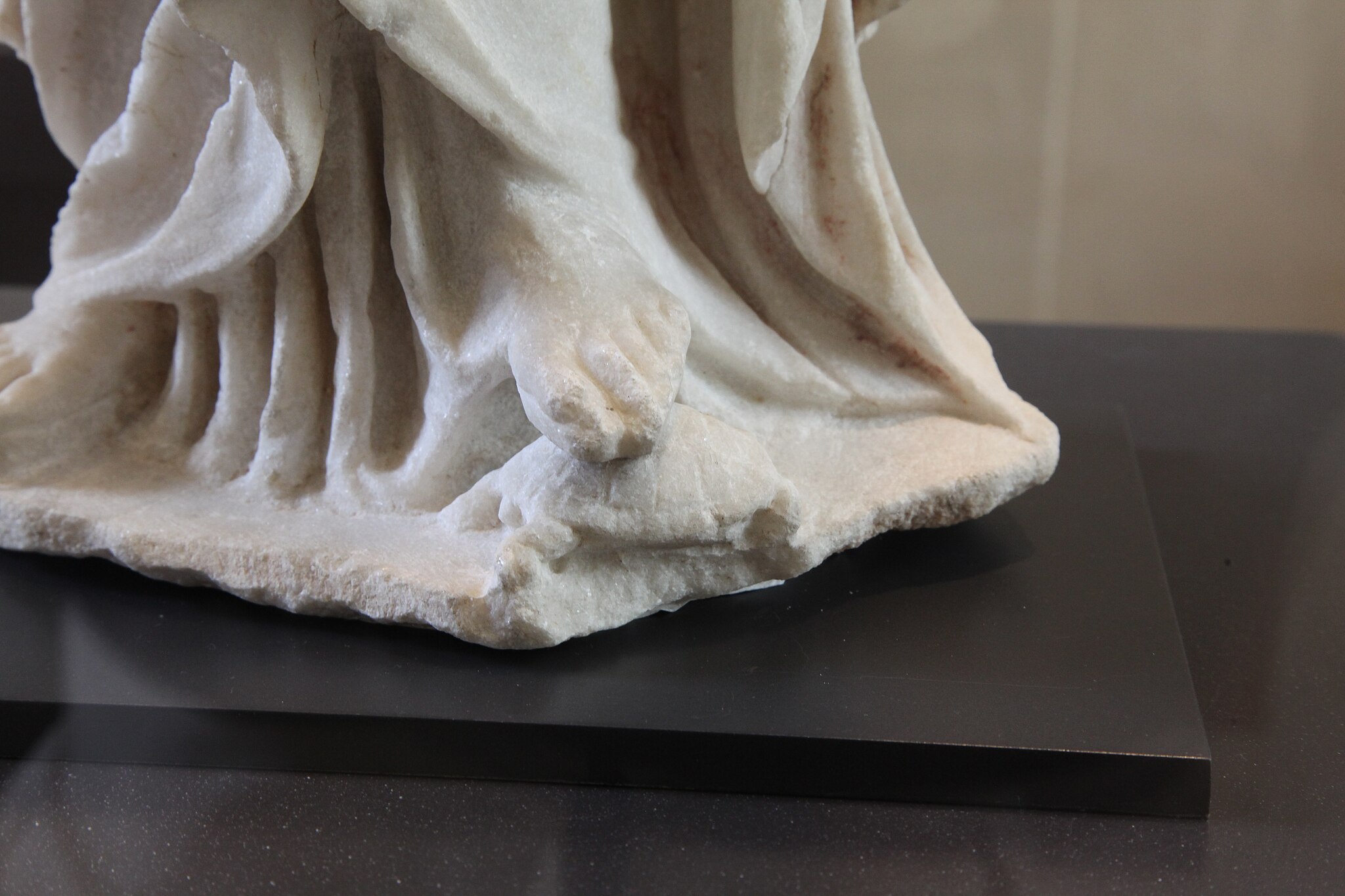
In classical Mediterranean mythologies, the turtle appears in several notable contexts, often associated with specific deities and their domains. The Greek god Hermes (Mercury to the Romans) created the first lyre from a turtle shell, transforming the creature into an instrument of divine music that he later gifted to Apollo. This myth connects turtles to creativity, transformation, and artistic expression. The goddess Aphrodite was sometimes depicted with a turtle at her feet, symbolizing domestic virtue and the ideal that women should remain quiet and stay close to home—a reflection of ancient Greek gender expectations rather than the turtle’s natural behavior.
In another myth, Zeus transformed a nymph named Chelone into a turtle as punishment for refusing to attend the wedding of Zeus and Hera, explaining why turtles are silent and carry their homes on their backs. These Greco-Roman myths demonstrate how turtles were used to explain natural phenomena and reinforce cultural values in the ancient Mediterranean world.
Turtles in African Mythology
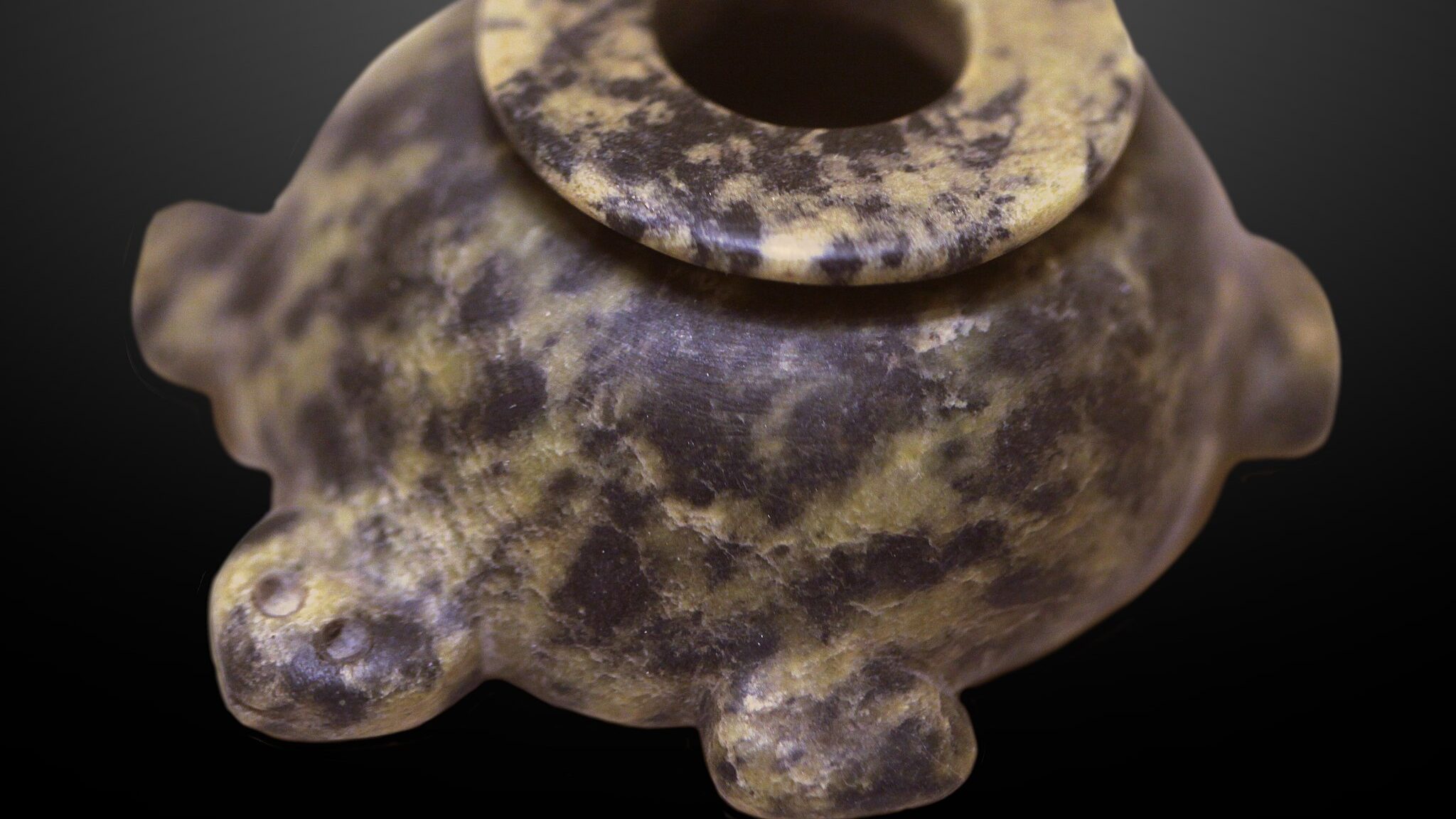
Across the diverse cultures of Africa, turtles frequently appear as clever trickster figures in folk tales and mythology. In West African traditions, particularly among the Yoruba and Akan peoples, the turtle (often called the tortoise in these stories) outsmarts larger, stronger animals through cunning and wit rather than physical strength. These narratives often serve as moral parables about the value of intelligence over brute force. In some East African traditions, turtles are associated with patience and wisdom, qualities earned through their long lives and steady approach to challenges.
The Zulu and other southern African cultures sometimes depict the turtle as a messenger between worlds, capable of traversing between the land of the living and the realm of the ancestors. These varied portrayals across the continent reflect the turtle’s adaptability as a symbolic figure, embodying different aspects of human experience and aspiration in different cultural contexts.
Turtles in Hindu and Buddhist Symbolism

Within Hindu traditions, beyond the world-bearing Akupara, turtles hold additional symbolic significance. The god Vishnu took the form of a turtle, Kurma, in his second avatar, supporting Mount Mandara on his back during the churning of the cosmic ocean to produce the elixir of immortality. This myth reinforces the turtle’s association with support, stability, and cosmic order. In Buddhist iconography, turtles sometimes appear as symbols of longevity and protection. The Buddha himself is said to have used the turtle as a metaphor in his teachings, comparing the way a turtle withdraws into its shell to how practitioners should withdraw their senses from worldly temptations to achieve spiritual clarity.
In Tibetan Buddhism, the turtle appears in mandalas representing the cosmos, often depicted at the base of the universe. These sophisticated symbolic systems demonstrate how turtles transcended mere animal status to become cosmic metaphors in Eastern spiritual traditions, embodying profound philosophical and cosmological principles.
Turtles in Japanese Folklore
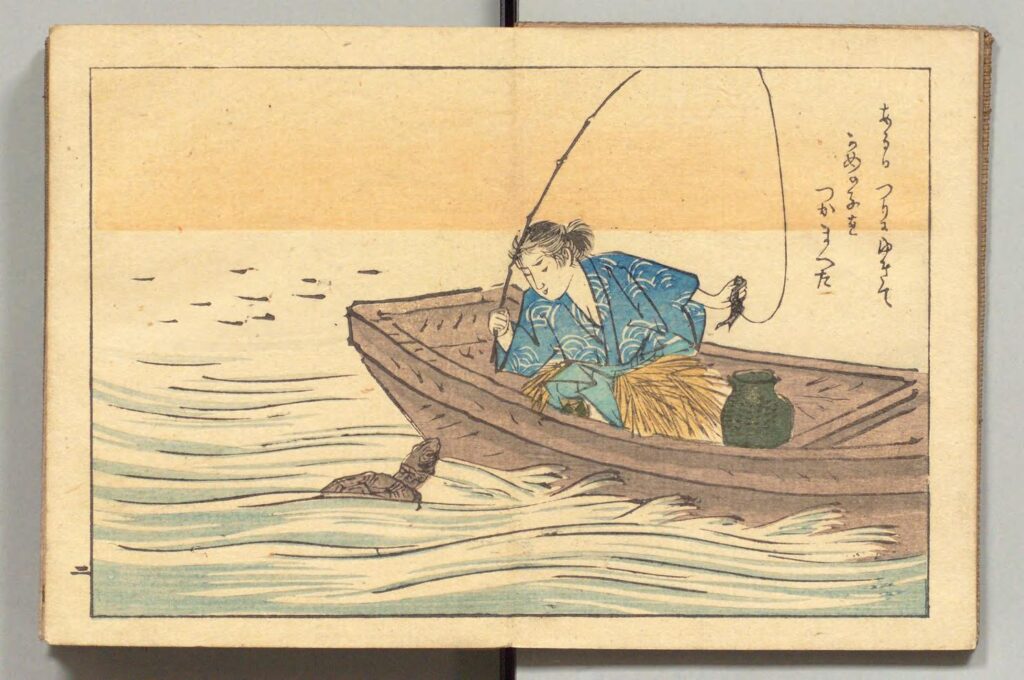
Japanese mythology and folklore feature turtles prominently, often as symbols of good fortune, longevity, and magical transformation. The famous tale of Urashima Tarō tells of a fisherman who rescues a turtle, which turns out to be the daughter of the Dragon King of the Sea in disguise. As a reward, she takes him to the underwater palace Ryūgū-jō, where he experiences wonders beyond human imagination. When he eventually returns to the surface world, he discovers that hundreds of years have passed, illustrating the turtle’s connection to time distortion and otherworldly realms.
In other Japanese traditions, the minogame—an ancient turtle with seaweed growing on its shell—is considered especially auspicious, representing 10,000 years of life. Turtle imagery appears frequently in Japanese art, from ukiyo-e prints to netsuke carvings, cementing their cultural importance. The enduring popularity of turtle symbolism in Japan reflects their perfect embodiment of the cultural value placed on longevity and patient perseverance.
Turtles in Mesoamerican Mythology
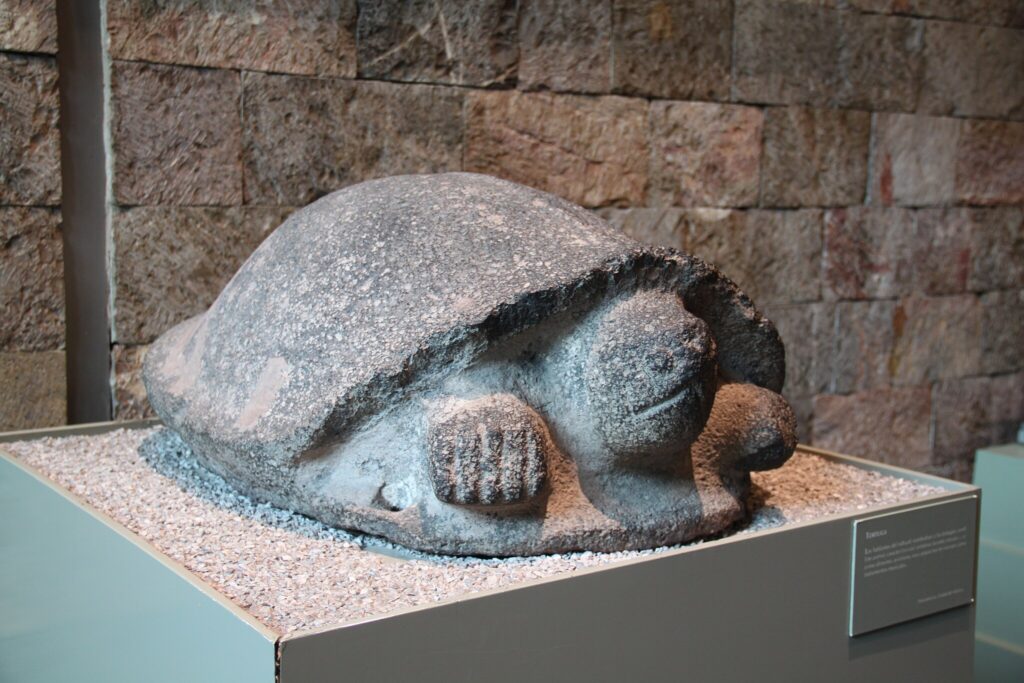
Among the ancient civilizations of Mesoamerica, turtles held significant cosmological and religious importance. The Maya associated turtles with rain, fertility, and the earth itself, often depicting the earth as a great turtle floating in the primordial sea. In Mayan art, deities sometimes emerge from turtle shells, representing rebirth and transformation. The carapace was associated with the cracked dry earth before the rains come, connecting turtles to agricultural cycles.
Aztec mythology similarly incorporated turtle symbolism, associating these creatures with the earth goddess Tlaltecuhtli and water deities. Archaeological evidence reveals turtle shells used as musical instruments in ritual contexts across Mesoamerican cultures, much like in other world traditions. These sophisticated symbolic systems demonstrate how Mesoamerican peoples observed turtle behavior and characteristics, incorporating them into complex religious frameworks that explained natural phenomena and reinforced cultural values about fertility, regeneration, and cosmic order.
Turtles in Modern Pop Culture

The symbolic power of turtles continues unabated in contemporary popular culture, often drawing on their ancient mythological associations while adding new dimensions. Perhaps most famously, the Teenage Mutant Ninja Turtles franchise transformed these reptiles into action heroes, maintaining their traditional associations with wisdom (particularly through Master Splinter’s teachings) while adding contemporary elements of courage and justice. In children’s literature, characters like Dr. Seuss’s Yertle the Turtle and Terry Pratchett’s Great A’Tuin (the world-bearing space turtle from Discworld) continue the tradition of using turtles as metaphorical vehicles for social commentary and cosmic speculation.
Movies such as “Finding Nemo” with the laid-back turtle Crush and “A Turtle’s Tale” have brought turtle characters to mainstream audiences, often with environmental conservation subtexts. Video games like Pokemon feature turtle-inspired creatures that typically embody defensive strength and endurance, traits long associated with turtles in traditional mythology. These modern incarnations demonstrate the remarkable adaptability of turtle symbolism across time and media formats, speaking to their enduring resonance in human imagination.
Turtles as Environmental Symbols

In contemporary society, turtles have taken on powerful new symbolic dimensions as representatives of environmental concerns and conservation ethics. As many turtle species face threats from habitat loss, pollution, climate change, and direct exploitation, they have become poignant symbols of environmental fragility and the need for protection. Sea turtles in particular have emerged as flagship species for ocean conservation efforts, their ancient lineage and vulnerable status making them effective ambassadors for marine protection initiatives. Environmental organizations frequently use turtle imagery in their logos and campaigns, drawing on both the emotional appeal of these charismatic animals and their deep mythological resonance as beings worthy of reverence.
The slow pace of turtle reproduction and growth has made them powerful symbols of the long-term thinking required for effective conservation, contrasting with human tendencies toward short-term exploitation. This modern symbolism represents a continuation of the turtle’s traditional associations with wisdom and foresight, adapted to address contemporary ecological challenges.
Turtles in Contemporary Spiritual Practices
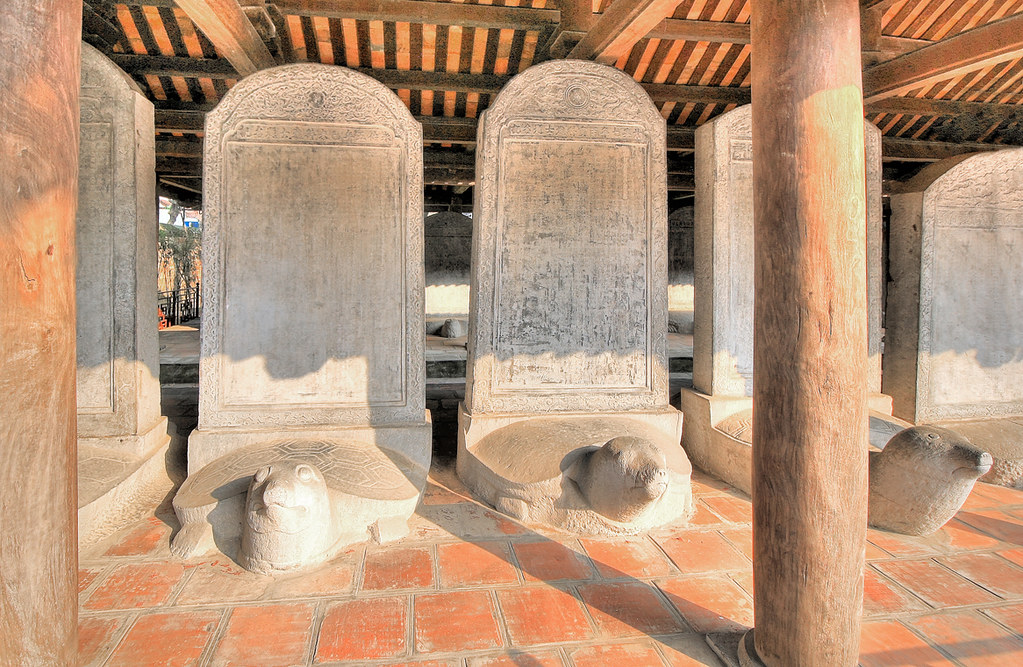
The spiritual significance of turtles continues to thrive in various contemporary belief systems and practices, often blending traditional elements with modern interpretations. In modern New Age spirituality, turtles are frequently invoked as spirit animals or totems representing groundedness, protection, and ancient wisdom. Many practitioners of nature-based spiritualities see turtles as teachers of patience and persistence, embodying the principle that slow, steady progress leads to lasting achievement. Crystal healers sometimes use turtle-shaped stones or actual fossilized turtle remains as tools for connecting to earth energy and ancient knowledge.
In Feng Shui practices, turtle figurines are placed in specific locations to attract longevity, protection, and support, drawing on traditional Chinese associations. Some contemporary Indigenous spiritual leaders continue to incorporate turtle symbolism in ceremonies and teachings, maintaining cultural continuity while addressing modern challenges. These diverse spiritual applications demonstrate the remarkable adaptability of turtle symbolism across different belief systems and historical periods, speaking to something universally compelling about these ancient creatures.
Turtles as Symbols of Longevity and Patience
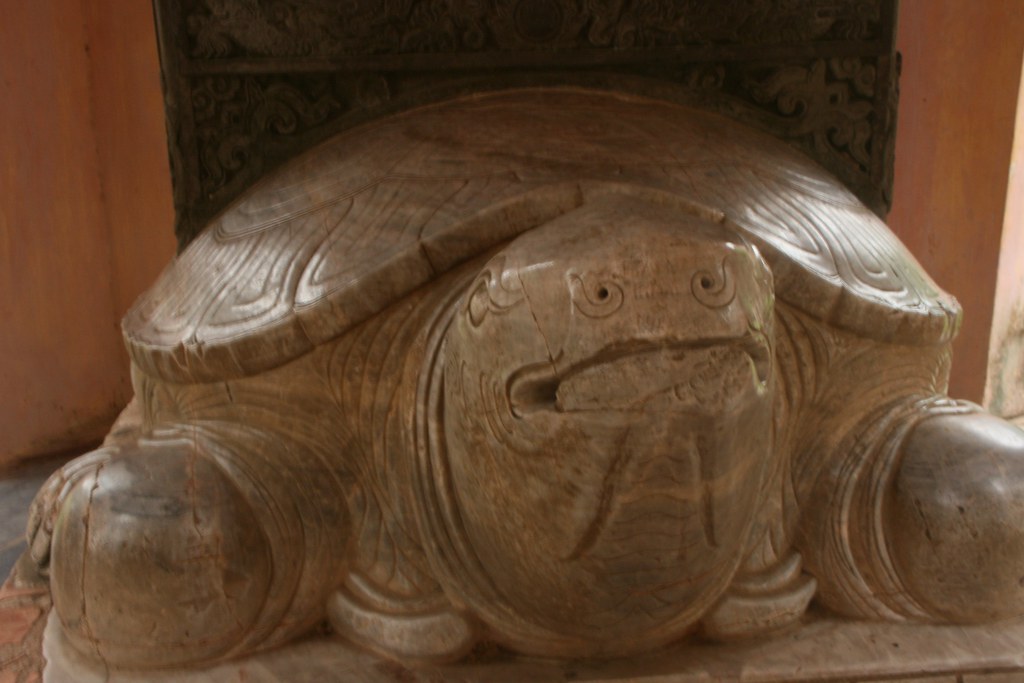
Across virtually all cultural contexts, turtles consistently symbolize longevity and patience—qualities directly observable in their biological reality. With some species living well over a century, turtles naturally embody the concept of extended lifespan and the wisdom that supposedly accompanies it. Their slow, methodical movements have made them universal symbols of patience and deliberate action, inspiring countless fables and proverbs about the value of steady persistence over flashy speed (most famously in Aesop’s tale of the Tortoise and the Hare). Many cultures have developed rituals or practices involving turtle symbolism specifically aimed at promoting long life, from Chinese art depicting turtles with cranes (another longevity symbol) to the keeping of turtles as pets for good fortune and extended life.
The physical characteristics of turtles—their protective shells, deliberate pace, and ancient lineage—have made them perfect natural embodiments of these highly valued human qualities across diverse cultures. This cross-cultural consistency in turtle symbolism suggests that humans across time and space have recognized and respected similar qualities in these remarkable reptiles.
Throughout history, turtles have maintained their symbolic power in human consciousness, evolving from cosmic pillars in ancient creation myths to modern ambassadors for environmental conservation. Their unique biological characteristics—protective shells, long lifespans, and deliberate movements—have inspired human cultures to see in them reflections of our own aspirations for wisdom, protection, and endurance. Whether appearing as world-bearers, trickster figures, divine messengers, or symbols of patience, turtles have demonstrated remarkable symbolic versatility while maintaining core associations with stability and ancient knowledge.
As we continue to face contemporary challenges requiring long-term thinking and ecological awareness, the turtle’s symbolic significance seems likely to endure, perhaps taking on new dimensions while maintaining the profound resonance these creatures have held in human mythology for thousands of years. In our fast-paced modern world, the turtle’s unhurried wisdom may be more relevant than ever—a living reminder of the value of patience, protection, and perspective that spans generations.
















Leave a Reply